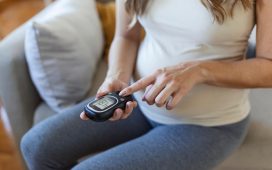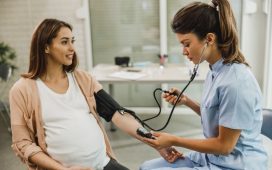Relative decrease in buprenorphine-naloxone exposure after transition to unit-dose packaging
THURSDAY, May 3, 2018 (HealthDay News) — The transition to use of buprenorphine products with unit-dose packaging (UDP) starting in 2010 correlated with a reduction in unintentional pediatric exposures to buprenorphine-naloxone, according to a study published online May 3 in Pediatrics.
George Sam Wang, M.D., from the University of Colorado Anschutz Medical Campus in Aurora, and colleagues conducted an observational surveillance study using the Researched Abuse, Diversion, and Addiction-Related Surveillance System Poison Center Program. Cases of unintentional ingestions involving children aged younger than 6 years and buprenorphine-naloxone products were identified during three periods: pre-UDP (first quarter 2008 through fourth quarter 2010), transition to UDP (first quarter 2011 through fourth quarter 2012), and post-UDP (first quarter 2013 through fourth quarter 2016).
A total of 6,217 exposures to combination products were identified. The researchers found that there were 20.57 pediatric unintentional exposures per 100,000 prescriptions dispensed in the pre-UDP period. In the transition to UDP period and post-UDP period, there were 8.77 and 4.36 pediatric unintentional exposures, respectively, per 100,000 prescriptions dispensed. From the pre-UDP period, this represented a 78.8 percent relative decrease.
“The shift from non-UDP to UDP in over 80 percent of buprenorphine-naloxone products was associated with a significant decrease in unintentional pediatric exposures reported to poison centers,” the authors write. “Packaging controls should be a mainstay in the approach to the prevention of unintentional buprenorphine pediatric exposures as well as exposures to other prescription opioids.”
The study was funded by Indivior.
Copyright © 2018 HealthDay. All rights reserved.








